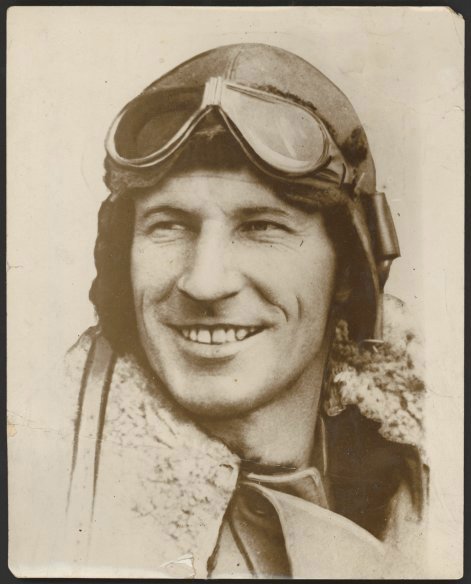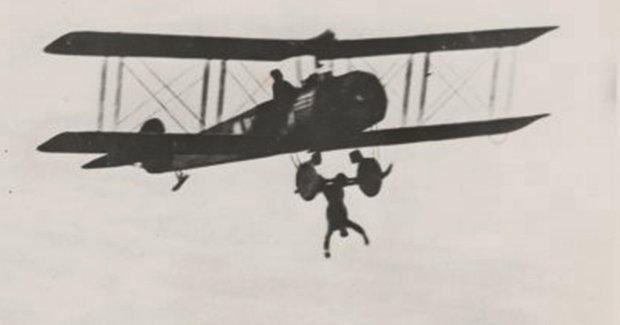On this day: Kingsford Smith disappears

Australian flight pioneer Sir Charles Kingsford Smith is one of aviation history’s most dashing figures. His career was chiselled from daring firsts: the first non-stop crossing of mainland Australia, the first flight from Australia to New Zealand, the first eastward Pacific crossing, and the first flight from Sydney to London.
Ultimately, however, ‘Smithy’, as he was widely known, is most remembered for his disappearance on this day in 1935.
In the late hours of 7 November 1935, while attempting the fastest flight from London to Australia, the 38-year-old and his co-pilot Tommy Pethybridge vanished off the coast of Myanmar in south-eastern Asia. The mystery of exactly where, and more importantly how, it all went wrong for Charles and Tommy has been much debated among historians, explorers and aviation specialists.
As the sun was setting, Charles and Tommy had taken off in Smith’s famous single-engine plane, the Lady Southern Cross, from Allahabad, India after a fuelstop en route to Singapore. Late that night, Australian pilot Jimmy Melrose, who was flying a larger, slower plane, was excited when he saw the pair fly by. He is the last person known to have seen them.
Kingsford Smith a legend of Australian aviation
By 1935, Charles Kingsford Smith was already a legendary dare-devil and larrikin, known for his record-breaking feats at home and abroad. Upon enlisting in the military on his 18th birthday, he had learned to fly and never looked back.
“I have discovered one thing about flying and that is that my future, for whatever it may be worth, is bound up with it,” he wrote home to his parents in 1916. During World War I, aged only 20, he was presented with a Military Cross for conspicuous gallantry and devotion to duty.
Following the war, however, Smithy had developed an extreme phobia of flying out of sight of land. After a near-death experience as a child off of Bondi Beach he had also developed aquaphobia, which induced extreme panic attacks when flying alone over water.
Until recently, it had been assumed that Smith’s plane had collided with tall trees atop Aye Island, a small forested spit of land in Myanmar’s Bay of Bengal.
The island was missing from the map he was using and one of the plane’s undercarriage legs – with its tire still inflated – was discovered on the island’s rocky shore 18 months after the crash.
In 1938, Australian engineer Jack Hodder also claimed many trees on the south side of Aye Island and been snapped in half. However, no other wreckage, nor the bodies of Charles and Tommy, has ever been found.
It has also been speculated that where Smithy had overtaken Melrose logistically places the crash site much further south than Aye Island. In November, the usually southern-flowing current in the Bay of Bengal turns north, which may explain how the plane’s undercarriage ended up on Aye.
Mystery still surrounds Kingsford Smith’s plane crash
In 1999, New Zealand author and historian Ian Mackersey launched an AG-sponsored expedition to Myanmar to try and solve the mystery. He talked to elderly villagers in Maungmagan, a coastal town 200km south of Aye Island, for the first time.
Ian reported a firsthand account of a bi-plane, or a “big light”, whizzing overhead and descending into the sea during the night of 7 November 1935. It was likely the first time the people in that area had seen an aeroplane.
In 2010, filmmaker Damien Lay claimed to have discovered the remains of the Lady Southern Cross off Aye Island using sonar technology. His said his images revealed three equilateral triangles that were likely the plane’s wing. Ian, however, questions the evidence: “As it was a wooden machine, nothing would have been left of it now,” he told Australian Geographic.
Peter FitzSimons, author of Charles Kingsford Smith and Those Magnificent Men (2010), agrees: “I admire [Damien’s] work-ethic and everything about him, but I didn’t find the proof of that being the wreck as compelling.”


